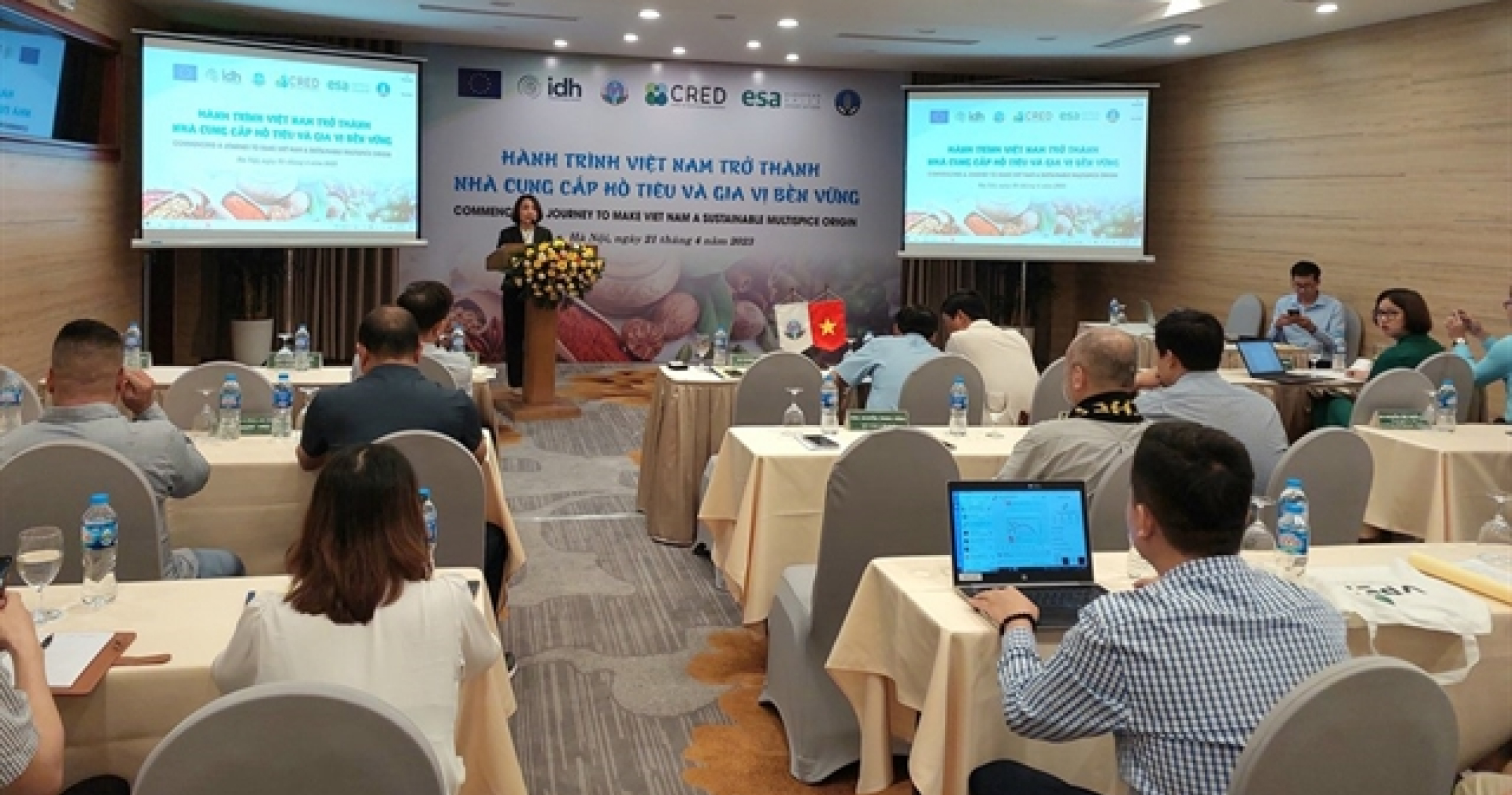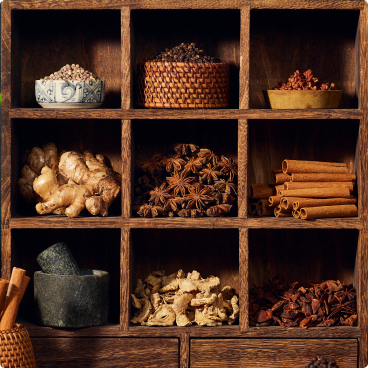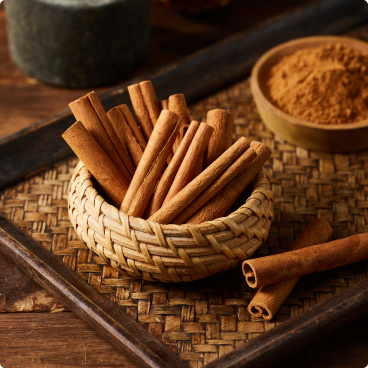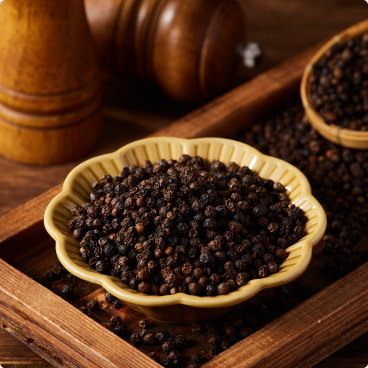HÀ NỘI — Việt Nam ranks first in pepper exports and second in cinnamon exports globally, especially when participating in FTAs. The spice industry group is assessed to have an absolute comparative advantage in the global spice market.
The statement was made by Hoàng Thị Liên, President of Việt Nam Pepper Association (VPA), at a conference on the country’s journey to become a sustainable multispice origin taking place in Hà Nội on Friday.
Liên said that Việt Nam currently ranked first in terms of export proportion and export output of pepper, however, there was still room for further development and exploitation of pepper plants.
The country has been integrating globally, with many Free Trade Agreements (FTAs) signed. When the FTAs come into effect, the group of agricultural products including the spice plant group had an absolute comparative advantage in the global spice market as we had the advantage of geographical location, weather, climate, and soil, said Liên.
However, despite achieving certain results and advantages, in the current world market context, the spice industry in general and pepper, in particular, were not only affected by supply and demand factors but also by many other factors such as geopolitical factors which could be the main cause of continued instability, added Liên.
Strict requirements and regulations of the import market on non-tariff barriers continue to increase, especially issues related to pesticide residues (related to pepper) and heavy metals (related to the cinnamon tree).
The unpredictable evolution of climate change would be the main challenge for the global agricultural sector, she added.
Rising costs would also have a big impact on supply, said the president.

Liên said that the export turnover of pepper and spices reached more than US$1.4 billion last year, contributing to more than $55 billion in export turnover of agro-forestry-fishery products for the whole year.
However, there were still many shortcomings in the industry, such as the lack of an intermediary role between the private sector and the public sector, between the State and enterprises and the absence of the role of the VPA, she said.
In particular, VPA was also lacking in market research and connection between businesses and farmers, farmers and processors, she added.
Việt Nam is one of the major spice producers and exporters in the world, of which exports account for about 11 per cent of the global market share last year, according to ITC.
Of which, the US, the EU, China, India and Middle East are the leading import markets of some Vietnamese spices such as pepper, cinnamon and star anise.
Recently, the import markets have continuously had warnings about pesticide residues as well as the rising frequency of control and tightening of MRLs for food in general, including Vietnamese spices.
Nguyễn Văn Diện, director of the Việt Nam Administration of Forestry's Forestry Production Development Department, said that with favourable natural conditions, it had put cinnamon, pepper, and star anise in the top five in the world.
Over the years, the spice industry has made important contributions to the overall picture of agricultural exports.
Diện shared that we have leading enterprises in the world in the application of production technology, and the State also has many supporting mechanisms and policies

Facing the current situation, the biggest difficulties were commercial competition, technical barriers, and residues of pesticides, he added.
This required more efforts from associations. On the business side, it was necessary to be a pillar for people, especially in connecting planting and processing areas to be able to create the highest added value, added Diện.
A VPA report shows that Việt Nam exported 76,727 tonnes of pepper with a total export turnover of $235.9 million in the first quarter of this year.
Compared to the same period last year, the export volume increased by 40.5 per cent, however, the export turnover decreased by 7.3 per cent.
The country exported 18,685 tonnes of cinnamon in the first quarter with a total export turnover of $54.8 million, up 45.8 per cent in volume and 13.8 per cent in value year-on-year.
Việt Nam exported 3,369 tonnes of star anise in Q1 with total export turnover of $21.6 million. Compared to the same period last year, the export volume increased by 261.9 per cent.
VPA reported that the pepper crop of the country would be relatively positive this year, with an estimated harvest output of 200,000 tonnes, up 9.3 per cent compared to last year.
Meanwhile, according to the International Pepper Community (IPC), the harvest from other producing countries such as Brazil, Indonesia and India are forecast to decrease compared to last year.
Total global pepper production is estimated at 526,000 tonnes this year compared to 537,600 tonnes last year.
Việt Nam's cinnamon output is forecast to increase over last year and is estimated at about 45,000 tonnes. - via VNS



